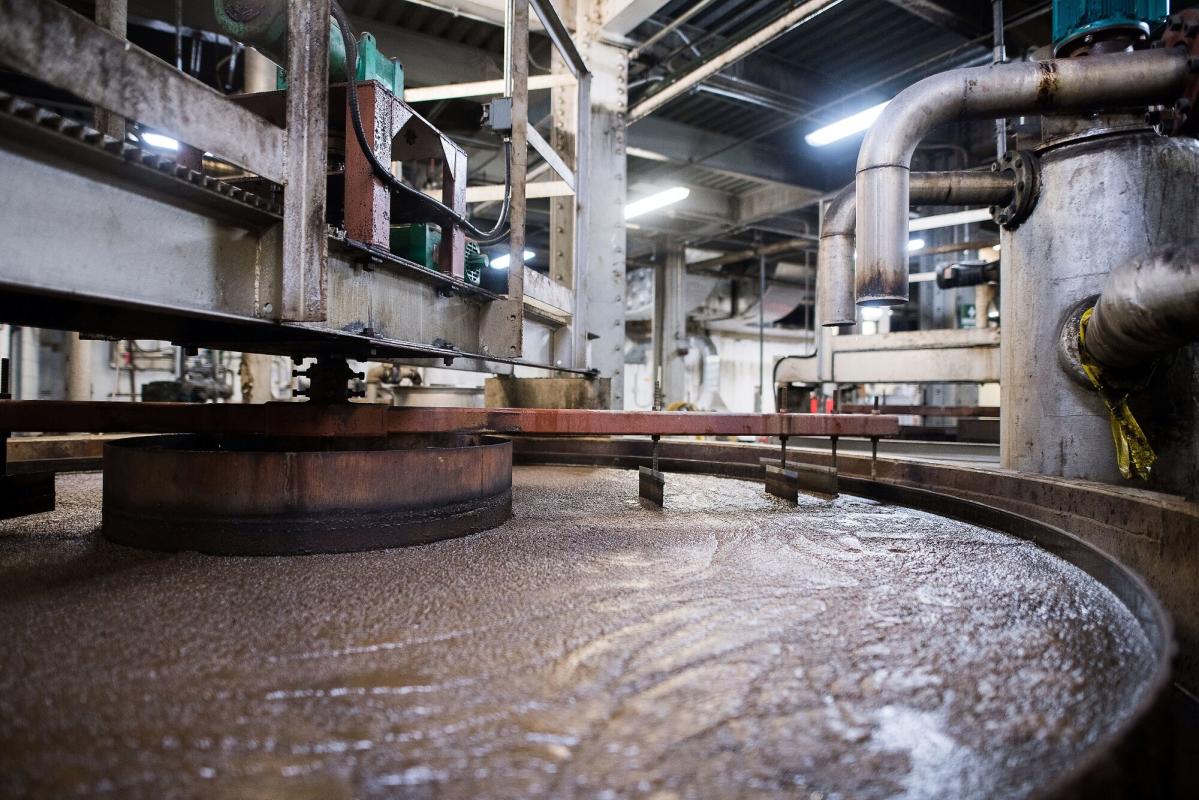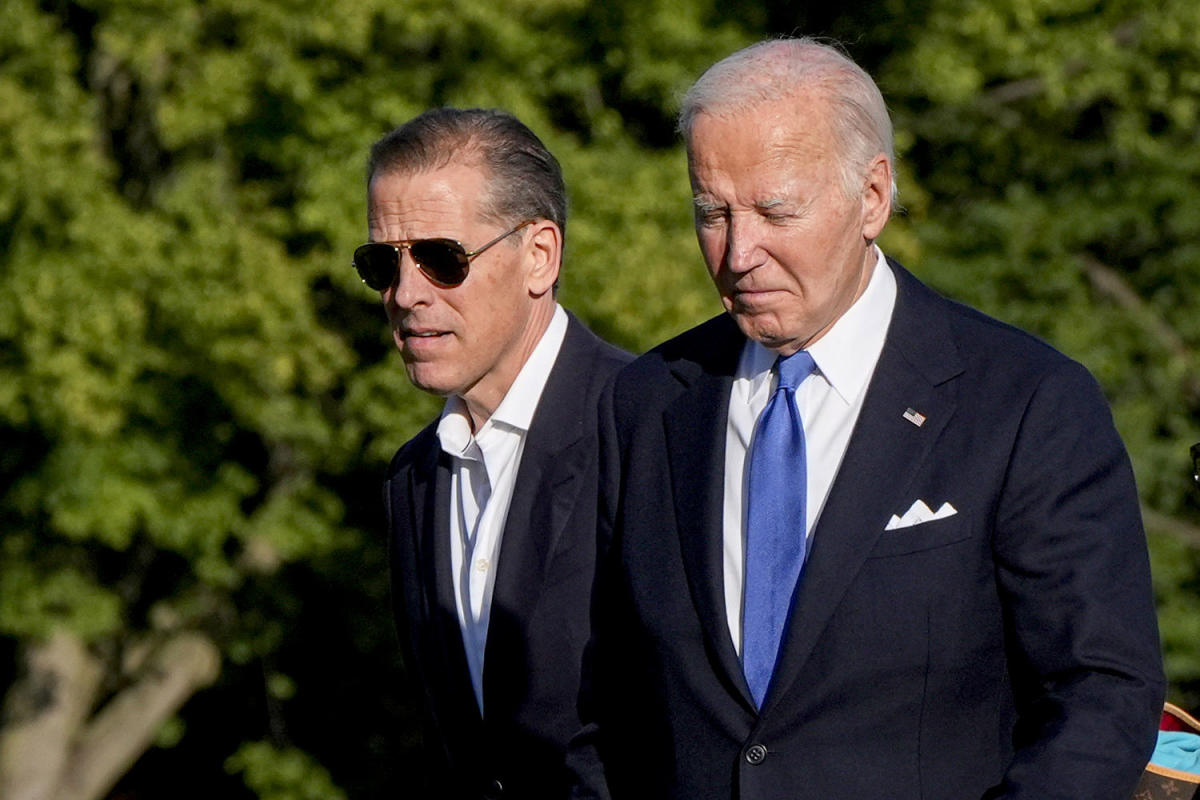(Bloomberg) — Last fall, Hershey Co. bought . a factory outside Ottawa that it had closed more than a decade earlier. Blommer Chocolate Co., a U.S. rival, is expanding in Ontario while closing an 85-year-old factory in Chicago. Oreo maker Mondelez International Inc. says it has invested $250 million in manufacturing facilities in Ontario in recent years.
Most read from Bloomberg
Although Canada is far too cold to grow enough sugar for the candy industry, the country has managed to attract hundreds of millions of dollars of investment in recent years to expand capacity. Some of that can be attributed to a rising population, but many in the industry say it’s longstanding protectionist measures south of the border that are increasing Canada’s appeal.
“Long-term high U.S. sugar prices are driving chocolate and candy production in Canada,” said Sébastien Pouliot, an agricultural economist and consultant based in Québec.
The U.S. sugar industry is heavily protected, and buyers such as confectioners and processed food manufacturers can only import certain amounts of raw and refined sugar before paying high tariffs. The decades-old regulations are intended to protect the profits of American farmers and prevent other countries from flooding the country with sugar. But critics say it also keeps U.S. sugar prices artificially high, putting pressure on U.S. candy companies and refineries trying to operate domestically.
In 2013, the difference between U.S. and global sugar prices was just a few cents per pound. But production problems at home and in neighboring Mexico have pushed U.S. sugar futures to nearly twice the global benchmark price. That makes it increasingly attractive for companies to instead make candies and cookies in Canada and then ship some of their production to American consumers. Many of these finished products can enter the U.S. and avoid quotas that dictate the “more tightly managed” trade in refined and raw sugar, said Alex Smith, project leader at consultancy Agralytica.
The growth of the Canadian industry “is a direct result of the price being far higher than any reasonable price in the U.S.,” said Rick Pasco, president of the Sweetener Users Association, which has pushed for reforms to the U.S. sugar program. “We pay twice as much for sugar. That’s a great incentive for offshore activities; Canada comes closest.”
Related: Sugar shortage hits America’s candy aisle, threatens sweet sales
The amount of sugar in finished products flowing from Canada to the U.S. last marketing season was the highest in nearly two decades, Agralytica data shows. Last year, $1.98 billion worth of chocolate and $615 million worth of other confectionery products were shipped from Canada to the U.S. for consumption — both record highs — according to U.S. Department of Agriculture data. While some of that increase can be attributed to higher chocolate prices due to the cocoa rally, chocolate imports to the US from Canada last year were still the second highest on record in data going back some 35 years, surpassed only by the volumes recorded for 2022.
Every time the U.S. Farm Bill comes up for reauthorization (which will happen this year), critics of the country’s sugar policy lobby for changes to import quotas. They received new ammunition in October when the U.S. Government Accountability Office’s review of the program found it costs American consumers more than it benefits producers, resulting in an estimated net economic loss of as much as $1.6 billion per year. The agency also said in its report that the policy could encourage companies to move abroad, including to Canada.
A lower sugar price is “the most important difference” between operations in Canada and the U.S., said Gary Hufbauer, a senior fellow at the Peterson Institute for International Economics. “I don’t think there’s a secret sauce in that.”
To be fair, sugar is not the only input cost to production. John Boyd, the founder of a consulting firm that helps companies select site locations, also points to the Canadian workforce, energy costs and the exchange rate as factors to consider. And not all sugar and candy produced in Canada flows to the US. Canada’s population has been growing steadily, with the country on track to consume the most sugar in records dating back to 1960 in the 2024-2025 marketing year. Yet sugar consumption is less than 14% of what is eaten by its larger southern neighbor . This is evident from data from the United States Department of Agriculture.
The influx of spending in the Canadian confectionery sector doesn’t mean US suppliers are throwing in the towel just yet. In addition to the $60 million Canadian expansion, Blommer will also spend a combined $40 million upgrading manufacturing facilities in Pennsylvania and California, while Hershey builds its first new U.S. chocolate factory in more than 30 years. Mondelez opened a nearly $50 million research and development center in New Jersey last May. Spokespeople for Blommer, Mondelez and Hershey did not respond to requests for comment.
Related: Weight-loss drugs threaten a sugar industry that denies its impact
But for sugar users with older production facilities that require large investments, it makes sense to move north of the border and install new capacity, says Pouliot, the Quebec consultant. And as Canada produces more candy, sugar refineries there are also increasing capacity. Redpath Sugar, part of the ASR Group, just increased annual production at its Toronto refinery by 65,000 tonnes, while Rogers Sugar Inc.’s Lantic subsidiary. Spending C$140 million to increase capacity at the Montreal plant by 100,000 tonnes. Florida-based Sucro Can Sourcing LLC is spending C$135 million to build Canada’s largest sugar refinery with the ability to process as much as 1 million tonnes annually.
“I don’t want to make fun of the illiquidity of the US domestic market, but I would say it is a much more hospitable environment to be supplied with global market sugar,” said Oliver Hire, vice president and head of trading at Sucro. Canada is “a fairly amicable country for the relocation of those production facilities.”
Most read from Bloomberg Businessweek
©2024 BloombergLP







